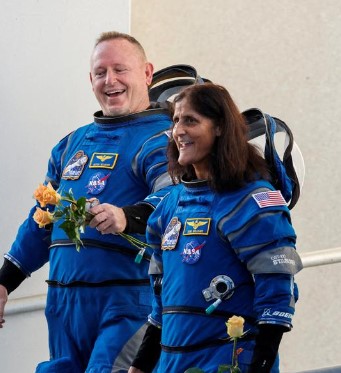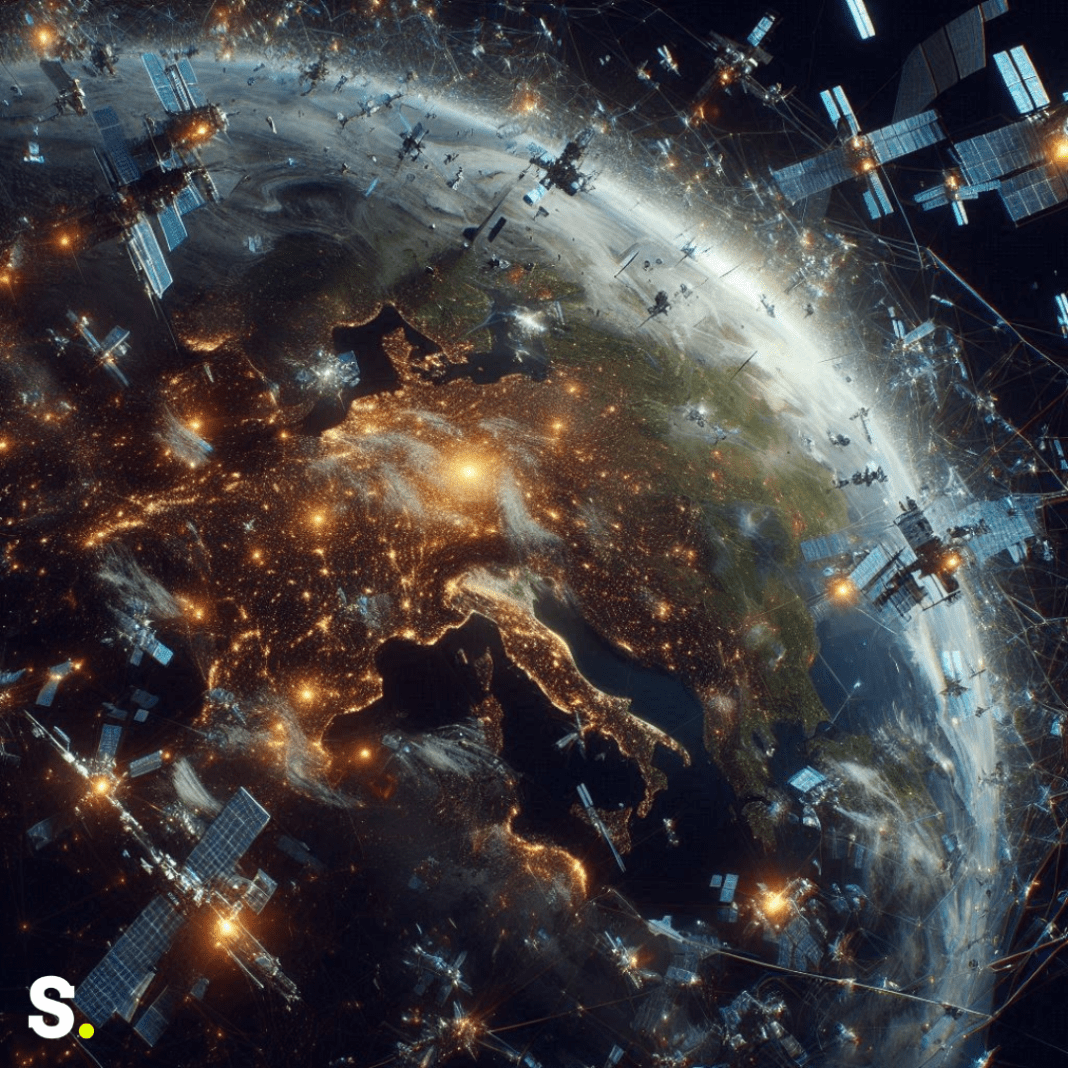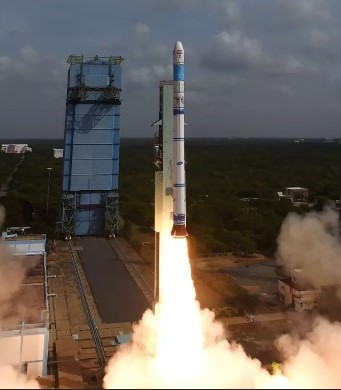Unexpected Delay for Astronauts
Two astronauts, who were initially scheduled to return to Earth after an eight-day mission, are still aboard the International Space Station (ISS) due to significant technical issues with their spacecraft. Their mission, which has now extended beyond two months, was meant to be a short-term assignment. The delay is attributed to problems with Boeing’s Starliner spacecraft, which has encountered several malfunctions, including leaks in its propulsion system and failed thrusters.
NASA recently provided an update on the situation, confirming that both astronauts are in good health despite the prolonged stay. The Starliner spacecraft’s malfunctions have prevented their return, but the astronauts remain in high spirits and are adapting well to the extended duration in space. NASA’s focus is now on finding the safest and most effective solution for bringing them back to Earth.
NASA’s Approach to the Delay
On August 14, NASA held a teleconference to provide detailed information about the ongoing situation. During the call, NASA officials discussed how delays are an inherent part of space missions. They are trained to handle unexpected situations and remain professional even when plans do not proceed as expected. This training is crucial for managing stress and adapting to changes, such as extended mission durations or altered return schedules.
NASA is currently evaluating several options to resolve the situation. They are putting a lot of effort into figuring out the best plan of action for the astronauts’ homecoming. The agency expects to complete a detailed analysis within a week to assess their options. Following this analysis, NASA will conduct a formal review in the latter half of August to make a final decision regarding the astronauts’ return.
Options for the Astronauts’ Return
NASA is considering two primary options for the astronauts’ return to Earth. The first choice is to deal with and resolve the Starliner spacecraft’s problems. Boeing, the company responsible for the spacecraft, has expressed confidence in their ability to resolve the malfunctions. They have assured NASA that if the mission plan changes, they will make the necessary adjustments to prepare the Starliner for an uncrewed return.
Using a SpaceX Dragon spaceship to return the astronauts home is the second option. If this option is chosen, the astronauts may need to remain on the ISS for an additional six months, extending their mission until February 2025. Although staying in space for an extended period poses some challenges, such as increased exposure to space radiation, NASA is not overly concerned. The ISS is well-equipped to support long-term missions, and astronauts have previously undertaken extended stays in space.
The ISS is designed to accommodate long-term missions due to its capability to receive regular resupply missions. These resupply missions ensure that they have a continuous supply of food, water, and other essential resources. As a result, the concern about running out of resources is minimal. However, the longer the astronauts remain in space, the more they are exposed to space radiation, which can have potential health implications. Despite this, the expected duration of their extended stay remains within manageable limits compared to previous space missions.
Current Mission Status and Astronauts’ Contributions
Despite the extended stay, the astronauts continue to contribute significantly to the success of the ISS mission. They are actively engaged in conducting scientific experiments and assisting with maintenance tasks aboard the space station. Their work remains crucial for the ongoing operations and research conducted on the ISS.
NASA has emphasized that the astronauts are performing their duties effectively, even though their return is delayed. They are making the most of their time in space by carrying out valuable scientific research and supporting the ISS crew with various maintenance activities. Their ability to adapt to the situation and continue their work demonstrates their professionalism and dedication to the mission.
Owing to spaceship technical difficulties, their mission has been prolonged much beyond what was first scheduled. NASA is working diligently to find a solution and is evaluating options for their return. Despite the challenges, the astronauts remain in good health and continue to contribute valuable work to the ISS. NASA’s focus is on ensuring a safe and successful resolution to the situation while maintaining the astronauts’ well-being and mission effectiveness.




